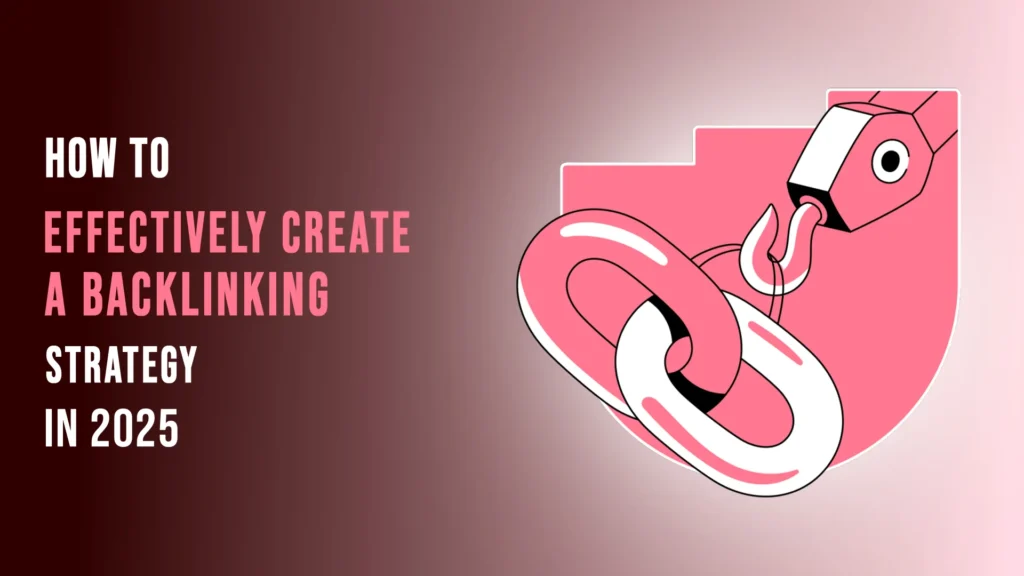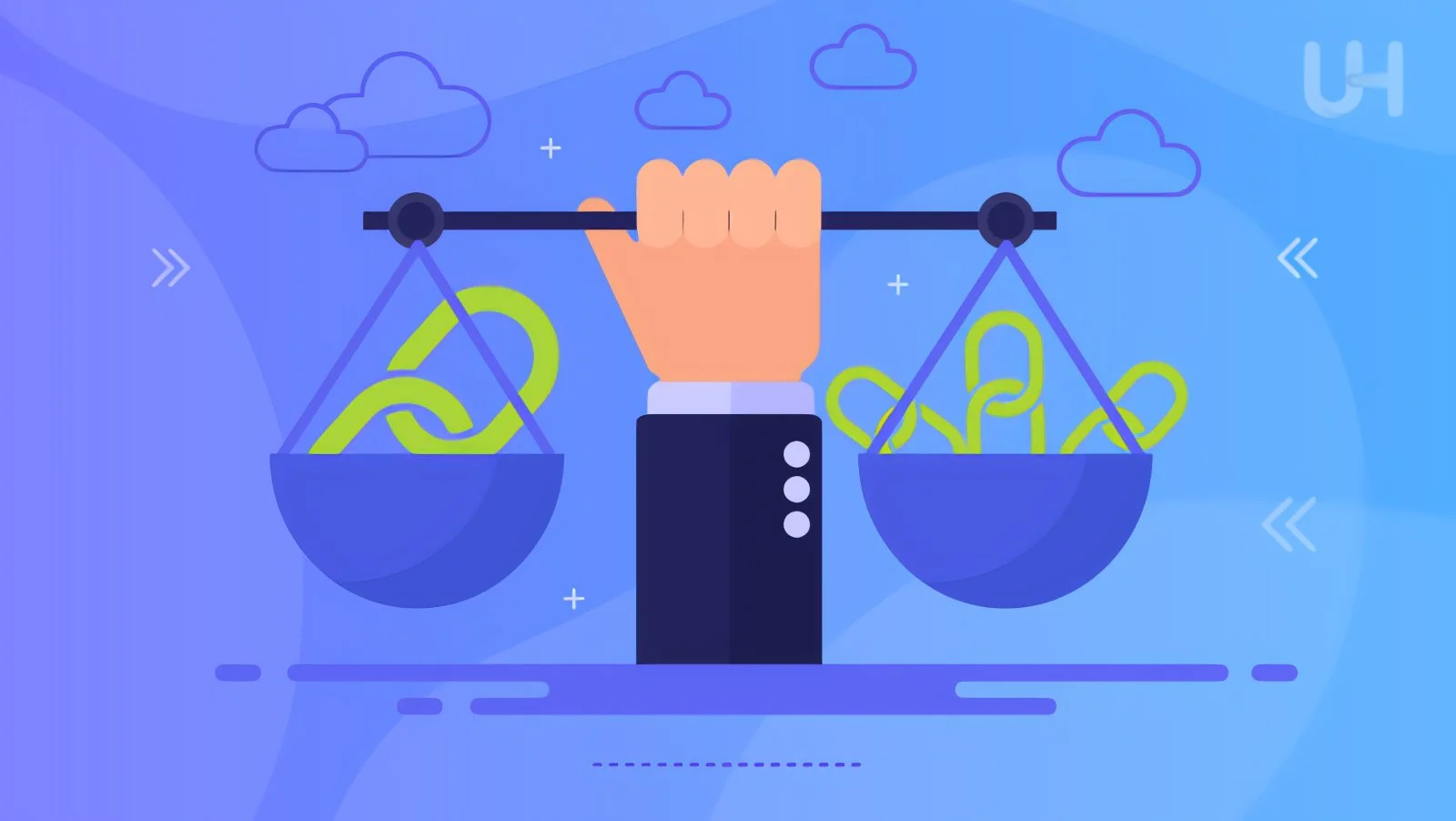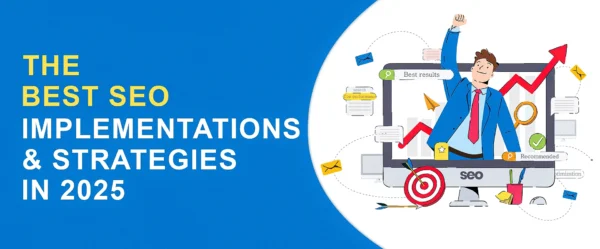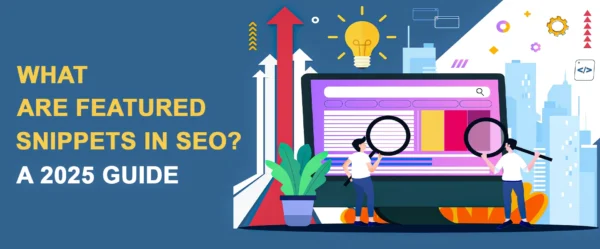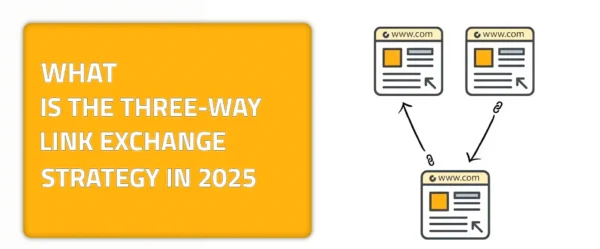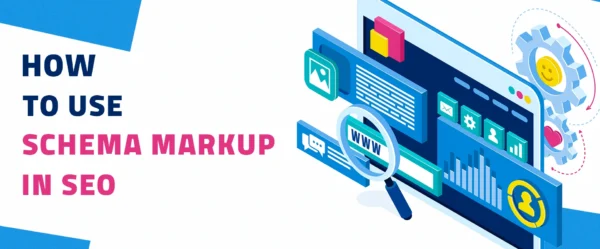It’s 2025, this year of technological advancements; you might be wondering, “Are backlinks still a thing? Do I have to create a backlinking strategy for my site? Or have they gone the way of dial-up internet and that brown Instagram camera icon?” Rest assured, backlinks are not just surviving. As a matter of fact, they’re thriving. They remain one of the most powerful factors that influence the algorithm of Google. Think of backlinks as digital word-of-mouth recommendations. When high-quality websites link to your content, it’s like the internet’s way of saying, “Hey, this site is one that knows what it’s talking about!”
Backlinks are essential for a variety of reasons. They play a great role in boosting your site’s credibility, improving your search rankings, and driving organic traffic like nothing else. So what is the catch? Here it is: Google’s standards have gone from “barely trying” to “top-notch quality only.” You can wave goodbye to the days of spamming forums with your website link. Today, it’s all about earning your spot at the big table. It is necessary that you rank higher in this digital era of technological advancements. For example, a glowing endorsement from a respected tech website carries more weight than a thousand links from random blogs that barely relate to your niche. Having a website that is relatable yet reputable and linked to you is something that greatly empowers you.
This guide isn’t about shortcuts or outdated tricks. It’s about crafting a forward-thinking, sustainable backlinking strategy that doesn’t just work in 2025 but one that highlights your day. If you’re ready to understand more and dive deep into this whole topic, read more, and let’s uncover it all together.
Setting Clear Goals for Your Backlinking Strategy
Before diving headfirst into the backlinking world, take a step back, a deep breath, and ask yourself: What’s the goal here? Are you trying to increase your site’s domain authority? Are you trying to rank higher for specific keywords? Or drive targeted traffic to a killer product page? Think of it like plotting a road trip, you need a destination before hitting that gas paddle.
For example, imagine you’re an e-commerce store selling eco-friendly kitchenware. Your goal might be to rank for keywords like “best reusable coffee cups” or “sustainable cookware.” To do that, you’ll need backlinks pointing to your product pages and blog posts. On the other side, if you’re running a SaaS platform, your target might be boosting the authority of an in-depth white paper. One that explains your unique service offering.
Setting goals not only keeps you focused but also helps you measure the rate of your success. Break these goals into bite-sized pieces in order to be able to digest everything clearly. Let me give you a hypothetical example:
- Acquire 15 high-quality backlinks monthly.
- Increase domain authority from 40 to 50 in six months.
- Boost organic traffic by 25% within a quarter.
With clear goals, you make sure that you know what your next step is. One that will help you in crafting a roadmap to SEO success.
How to Create an Efficient Backlinking Strategy? Understanding the Quality vs. Quantity Debate
Ah, the age-old question: “Should I go for lots of backlinks or just a few high-quality ones?” If this were the wild west of early SEO, the answer might have been “More is more!” But in 2025, the mantra has shifted to “Better is better.”
Let’s break it down. A high-quality backlink is like getting a shout-out from a celebrity in your industry. It’s authoritative, relevant, and—most importantly—it brings genuine value. On the other hand, a hundred links from low-quality websites are like handing out your business cards at a random party; sure, you’re busy, but are you really making meaningful connections?
Here’s what makes a backlink high quality:
- Relevance: It comes from a website in your industry or niche.
- Authority: The linking site has a strong reputation and high domain authority.
- Placement: It’s embedded naturally in the content, not lurking in a footer or sidebar.
Imagine you run a tech blog. A link from a leading tech review site will do wonders for your SEO, while a link from a hobbyist knitting blog might not make much sense. Focus on building links that not only improve rankings but also add to your credibility. Quality is your ticket to long-term success.
Identifying Your Niche and Target Audience
Who are your people? No, really—who are the folks you’re trying to connect with through your backlinks? Understanding your niche and audience is like knowing your favorite pizza toppings—it ensures every effort aligns with what you actually want (and need).
Start with some audience detective work. Are they tech enthusiasts who binge-watch YouTube reviews, or are they fitness junkies always on the lookout for the latest workout trends? Once you’ve figured that out, your next step is to find where they hang out online. BuzzSumo and SEMrush can be your best friends here, helping you pinpoint top-ranking websites, blogs, and forums in your niche.
For example, if you’re running a travel blog, your audience likely trusts sites like Lonely Planet or niche Instagram influencers who’ve perfected the art of the #travelgram. By targeting these hubs, you’re not just earning backlinks; you’re entering the inner circle of your audience’s online world. That’s where the magic happens.
Researching Competitor Backlink Profiles
Ever heard the phrase, “Keep your friends close and your competitors closer”? In backlinking, this advice is pure gold. Studying your competitors’ backlink profiles is like peeking into their playbook—you get to see what’s working for them and where you might outshine them.
Use tools like Ahrefs or SEMrush to dig into their backlinks. Ask questions like:
- Who’s linking to them, and why?
- What types of content are attracting these links?
- Are there any gaps you can fill?
For instance, if your competitor runs a tech review site and consistently gets backlinks for their “Top Gadgets of the Year” posts, consider creating your own unique spin, like “Underrated Gadgets You Didn’t Know You Needed.” Not only do you offer something fresh, but you also position yourself as a thought leader in the space. This research isn’t about copying; it’s about learning, adapting, and then doing it better. It’s your shortcut to identifying low-hanging fruit without reinventing the wheel.
Creating a Backlinking Strategy: Building Linkable Assets to Attract Backlinks
Let’s be honest—nobody wants to link to boring, bland content. That’s why building linkable assets is one of the smartest moves you can make. These are the pieces of content so good, so irresistible, that people can’t help but share them. Think of them as your online version of a viral dance move.
Some examples of linkable assets include:
- Infographics: Who doesn’t love visuals that explain complicated stuff in seconds?
- Comprehensive Guides: Like this one you’re reading (wink, wink).
- Interactive Tools: Calculators, quizzes, or even a meme generator—fun and functional.
- Original Research: Survey your audience, compile the data, and publish findings no one else has.
For example, a fitness app might create a calorie calculator, while a digital marketing agency could develop an SEO audit checklist. These assets become magnets for backlinks because they solve problems or provide unique value. Remember, the better your asset, the easier the outreach process becomes.
Outreach Tactics: How to Get the Links You Want
Outreach is where backlinking gets personal. I know that outreaching is something that is easier talked about than done in real life. Take this process as if it’s sending a thoughtful DM instead of spamming the same message to 1,000 people. The secret ingredient here? Genuine connections and killer pitches. Understanding how to pitch whatever it is you’re wanting is the secret of a successful outreach strategy.
When reaching out, make it personal. I know that the majority of sayings say, “Don’t take things personally or make them personal. However, in this scenario, embrace the personal. You can start by mentioning something specific you love about the recipient’s website or content. A pitch like, “Hi [Name], I noticed your article on [Related Topic] and thought our guide on [Related Topic] could complement it beautifully,” goes a long way. It’s not about complimenting them but also about showing them that you love how both your niches align together and how you can empower each other through backlinking.
Here’s a pro tip or advice from the SEO wise: Build relationships first. Follow them on social media, share their content, and leave meaningful comments. That is before popping the backlink question in order to show them that you’re genuinely interested. It’s like dating—don’t skip straight to proposing! Outreach is more effective when it’s a two-way street, not a one-sided ask.
To Wrap Things Up!
Having a backlinking strategy and backlinks in 2025 isn’t about quick wins. Because quick wins are temporary and won’t last long. However, it’s about building relationships, delivering value, and staying ahead of the curve. From setting clear goals to crafting irresistible content and perfecting outreach, every step matters.
Want to streamline your backlinking efforts? linkexchange.ai is here to help. Whether you’re looking to collaborate with like-minded websites or find new opportunities for link insertions, we’ve got the tools and network to make it happen. Don’t just build backlinks; make sure to build connections that last and empower your own profile.


